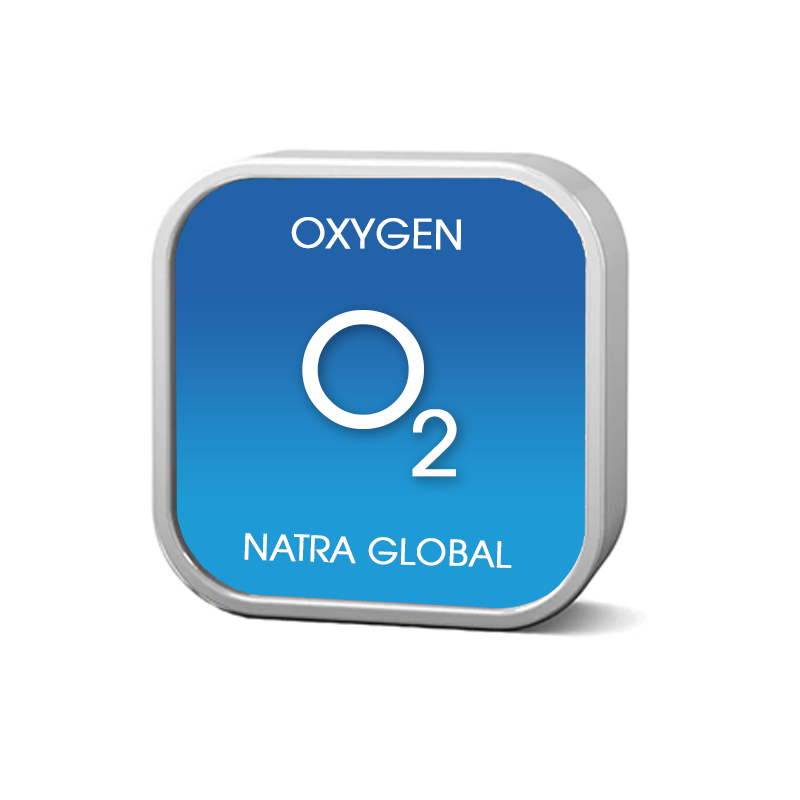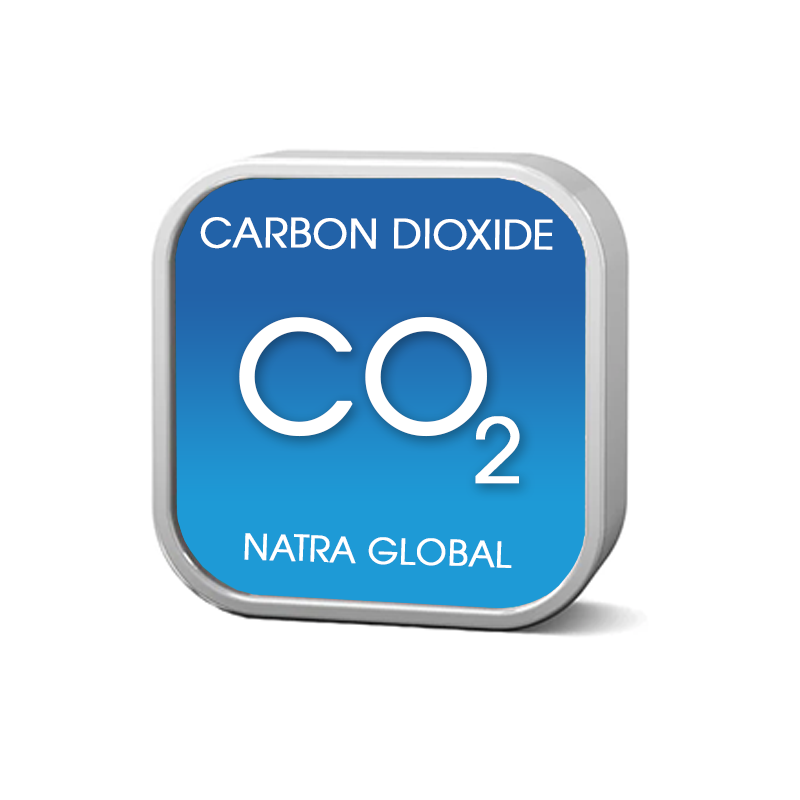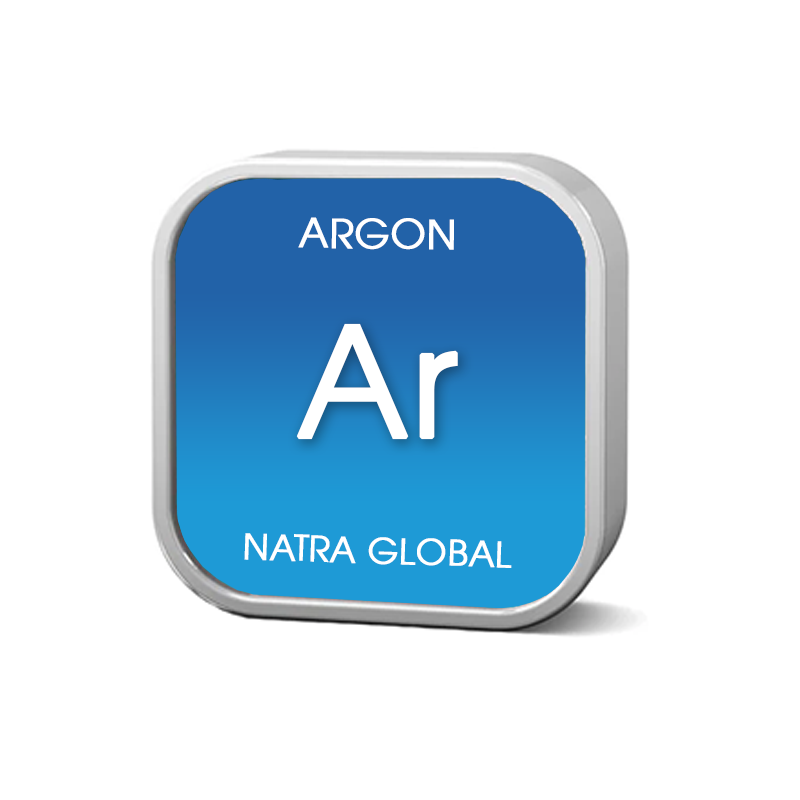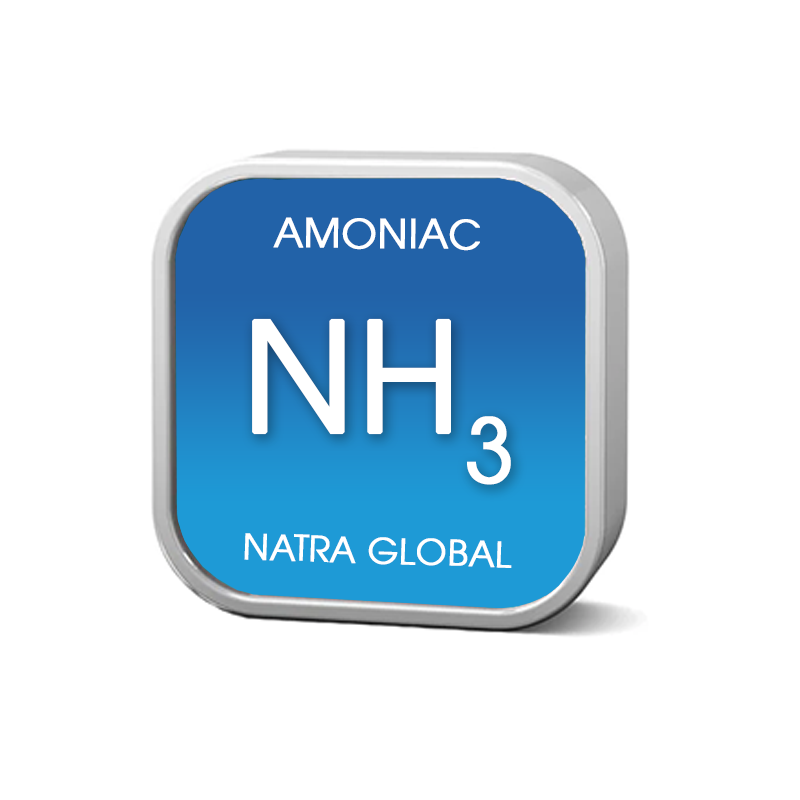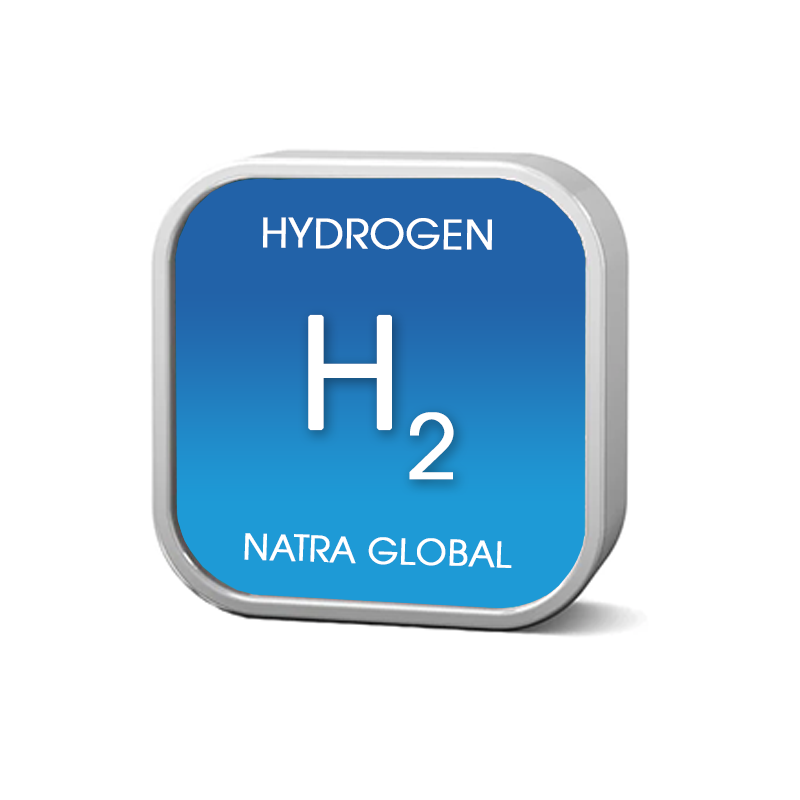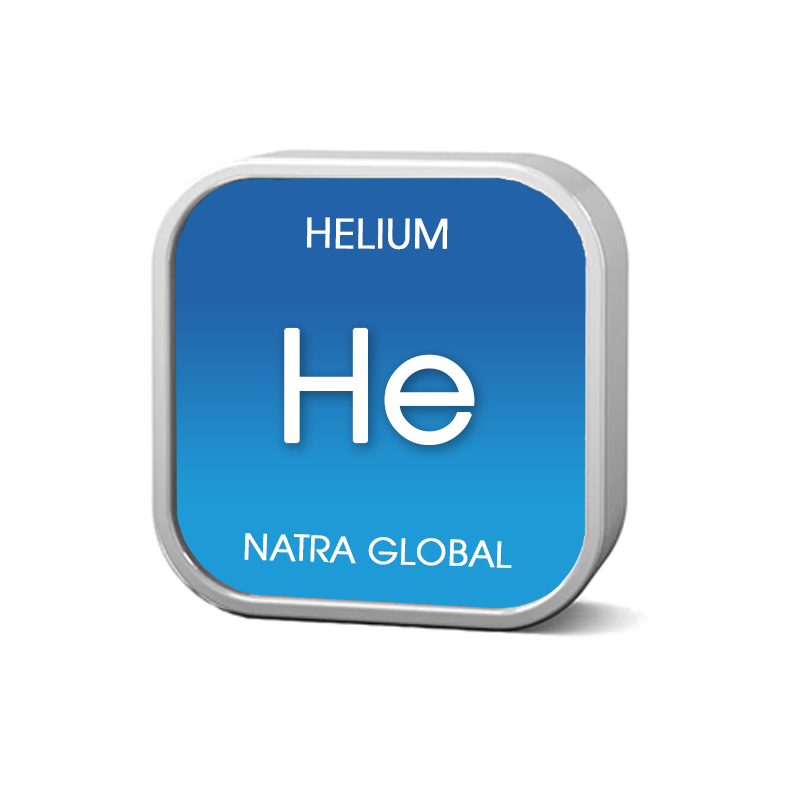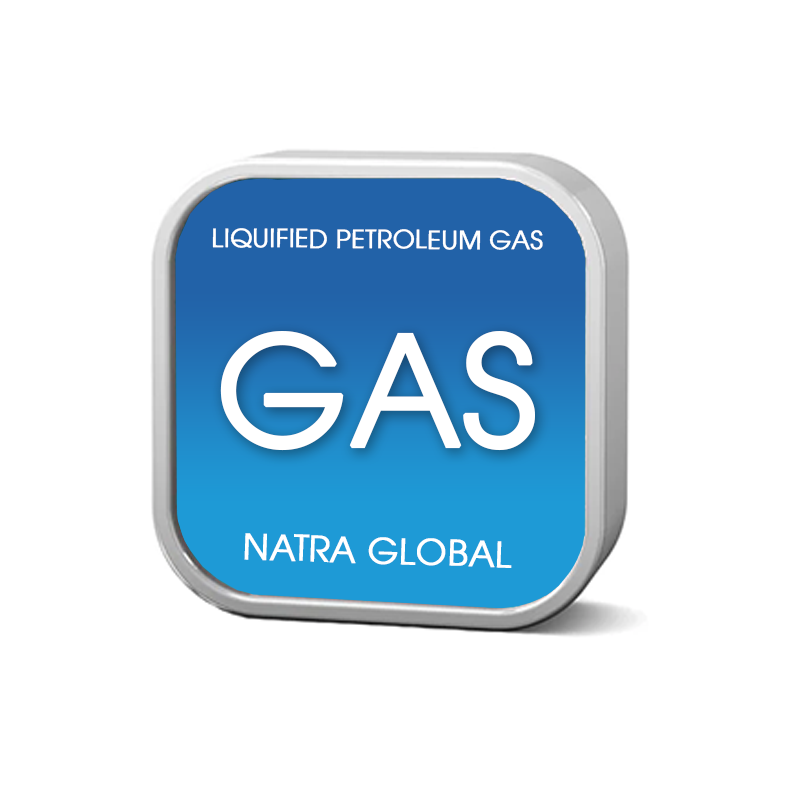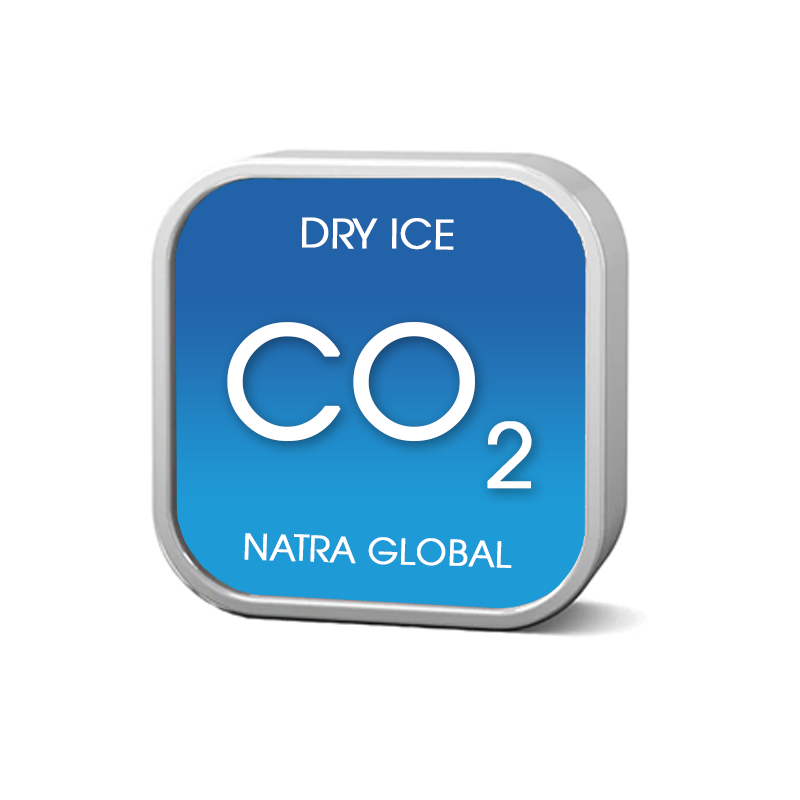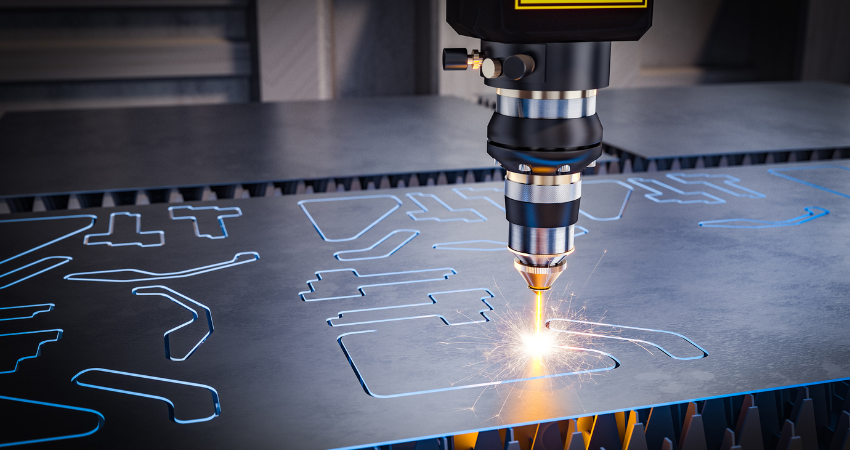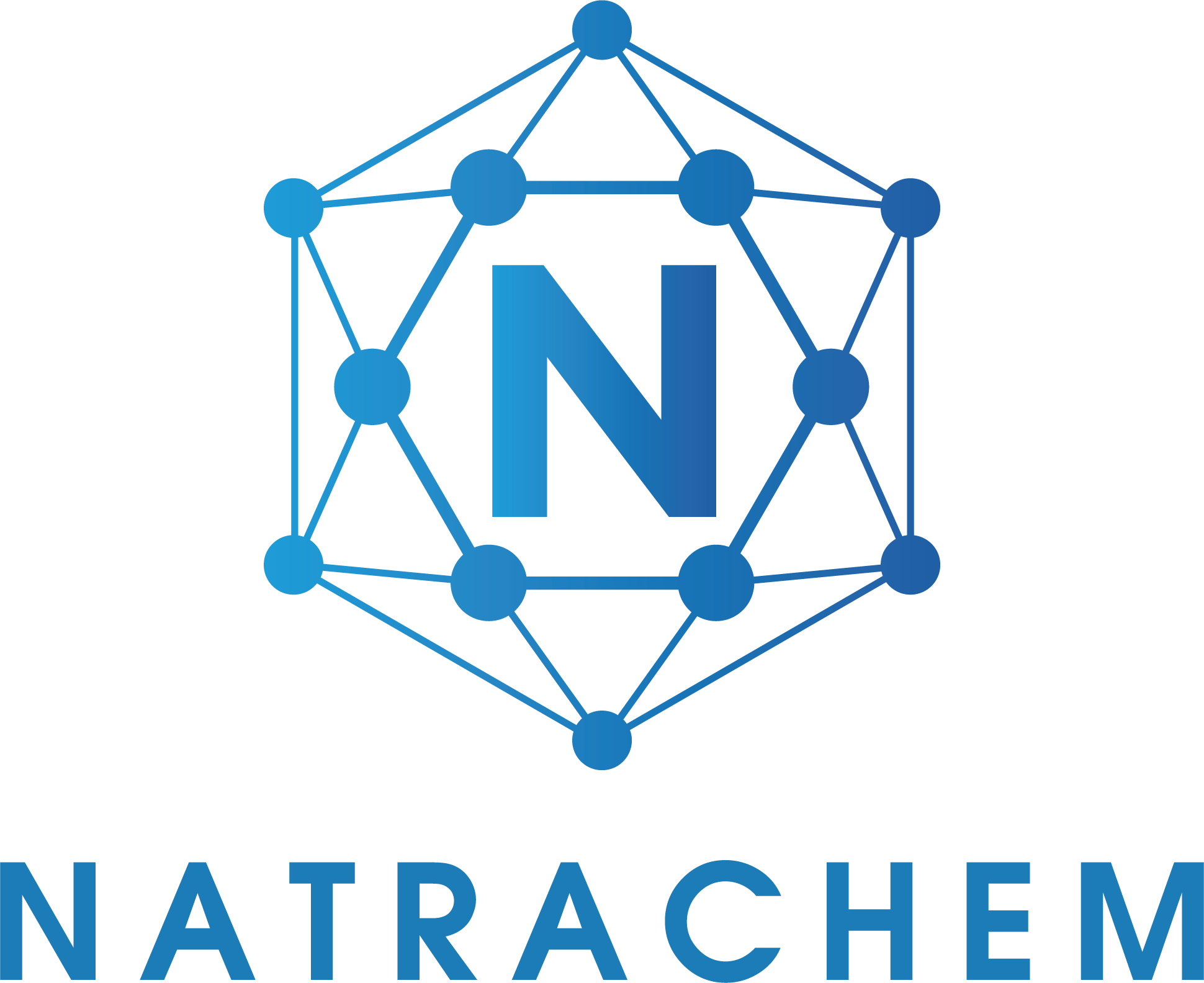Welding, cutting and metal fabrication
Natra Global provides Pure Gases and Mixed Gases commonly used in the fields of Welding, Cutting and Metal Fabrication:
– MIG/MAG, TIG, MMA welding
– Gas Cutting
– Laser or Plasma cutting
– Thermal spraying
Commonly used gases:
– Oxygen, Nitrogen, Argon, CO2
– Mixed gases of 2 components and 3 components (Ar / CO2, He / Ni / CO2,…)
How are gases used in Welding, Cutting and Metal Fabrication?
For MIG/MAG welding method, using heat source from metal arc in protective gas environment, here CO2 gas will help weld beautiful, less warped, porous. Compared with manual arc welding, this method is safer because the welding process does not generate toxic gas.
Acetylene is used as a high heat source in welding and cutting metals. When it decomposes, it produces a very hot flame of up to 3300 °C, melting and easily cutting through metal materials such as steel and cast iron.
For CNC Plasma cutting machines, the cutting path depends a lot on the type of gas used. If using Oxygen, the cut will be smooth and beautiful, but it can reduce the life of the equipment and is also quite expensive. When using Nitrogen, it is also the most popular solution, due to its low cost, especially when cutting stainless steel plates, it will give high quality cuts and low equipment consumption. However, it is not really optimal when cutting thick aluminum plates.
Therefore, in addition to Oxygen and Nitrogen, the gas mixture of 65% Argon + 35% Hydrogen is the optimal choice. It can cut stainless steel up to 15cm thick while still giving a clean, beautiful cut. However, this method is quite expensive, so consider choosing the right gas, effective in terms of productivity and economy.
What is wind stone cutting technique?
Oxy-fuel cutting technique, in Vietnam often called “Stone Wind Cutting”, is the process of using the heat of an oxygen-fueled gas flame to heat the metal to be cut to the melting temperature.
Then, the high-pressure Oxygen stream will blow away the melted metal oxide layer (FeO, Fe2O3, Fe3O4) and expose the unoxidized metal. This metal layer will continue to burn and create a new oxide layer, which will then also melt and be blown away by the high-pressure Oxygen stream. This process is repeated until cutting is no longer needed. To carry out the process of heating the metal to the burning temperature, heat generated from the reaction between Oxygen (O2) and Acetylene (C2H2) or Gas (LPG) is usually used.
The advantages of this technique include: The cutting equipment is relatively simple and easy to use. The technique is relatively efficient and can cut thick metal plates.

